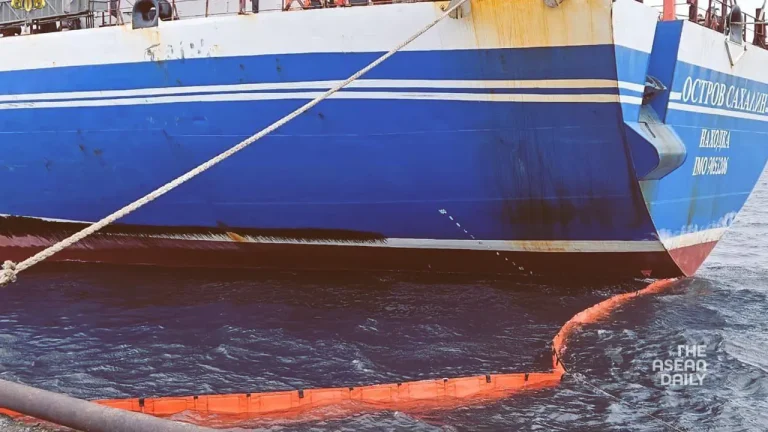4-1-2025 (MOSCOW) A colossal environmental cleanup operation has reached a significant milestone as Russian emergency response teams have successfully removed over 86,000 metric tonnes of contaminated soil from the shores of the Kerch Strait, following last month’s devastating oil tanker incident.
The crisis began on 15 December when severe weather conditions led to the catastrophic failure of two aged vessels, with one completely submerging and its companion running aground. The incident has sparked what local officials are describing as one of the region’s most challenging maritime environmental operations.
In a remarkable display of crisis response, more than 10,000 personnel have been deployed to the popular holiday destination of Anapa and surrounding areas. Workers, donning protective gear, have been battling against time to remove the thick, noxious fuel oil that has contaminated the region’s celebrated sandy beaches.
Environmental organisations have raised serious concerns about the disaster’s impact on marine life, with reports emerging of fatalities among the local dolphin, porpoise, and seabird populations. The situation is particularly worrying due to the nature of the spilled substance – M100-grade fuel oil – which becomes solid at 25 degrees Celsius and, unlike conventional oil spills, doesn’t rise to the surface but rather remains suspended in the water or sinks to the seabed.
The Russian Transport Ministry has recently revised its initial estimates, confirming that approximately 2,400 metric tonnes of oil products were released into the Black Sea – a figure notably lower than first feared. However, this provides little comfort given the extensive damage already observed.
The cleanup operation spans both the Russian Kuban region and Crimea, the peninsula that has been under Moscow’s administration since 2014. Official footage released via Telegram shows extensive remediation efforts, with workers methodically removing contaminated soil using both heavy machinery and manual labour.
The incident has drawn attention to maritime safety concerns, as both vessels involved were more than half a century old and were carrying a combined cargo of 9,200 metric tonnes of oil products when disaster struck. This has prompted calls for stricter regulations regarding ageing maritime vessels in the region’s waters.




